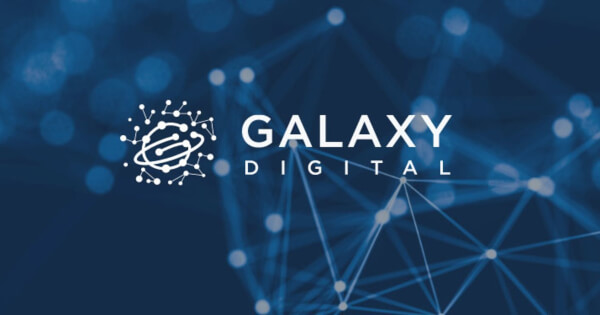Ted Hisokawa
January 10, 2025 14:49
Ethereum’s All Core Developers Consensus Call #148 focused on Pectra testing updates, validator hardware requirements, and the name of the Gloas upgrade.
On January 9, 2025, Ethereum developers gathered for the first All Core Developers Consensus (ACDC) meeting of the year, chaired by Ethereum Foundation researcher Alex Stokes. According to galaxy.com, the biweekly meeting series serves as a platform for developers to discuss and coordinate changes to the Ethereum consensus layer, known as the Beacon Chain.
Pectra Devnet 5 and Validator Requirements
During the call, the developers shared updates on the progress of Pectra testing and implementation. The main focus was defining hardware requirements for validator node operators, an initiative led by a developer known as “Kev”. The group agreed to name the seventh consensus layer fork after the star “Gloas”.
Parithosh Jayanthi, EF Developer Operations Engineer, highlighted open issues in the consensus layer specification that need to be resolved before releasing Pectra Devnet 5. Hive testing for both execution layer (EL) and consensus layer (CL) clients has been updated and is running on most clients. I am against this test. Stokes mentioned another issue affecting the EL client related to EIP 2935 and planned to follow up with Geth developer “Lightclient”.
Schedule and Upgrades
The timing of the release of Pectra Devnet 5 was discussed, and Stokes recommended consultation with the EL client team before confirming a release date. Tim Beiko, head of EF protocol support, proposed upgrading Ethereum’s public testnets, Sepalia and Holesky, in February and potentially launching Devnet 5 next week, with the goal of having it live on mainnet by March.
The call also covered whether the new Ephemery testnet should be upgraded along with Sepolia and Holesky. The consensus was to upgrade Sepolia first and then Holesky, with the possibility of bundling client releases to facilitate mainnet activation.
further development
Updates to PeerDAS, improvements to Blob scalability planned for the Fusaka upgrade, were not shared during this call. However, a developer named “Pop” proposed three new fields for the Ethereum Node Records (ENR) specification to facilitate node connectivity from both IPv4 and IPv6 addresses. These changes are backward compatible and can be integrated independently of Pectra.
Finally, the developers deliberated on the name of the seventh upgrade of the consensus layer. “Gloas” emerged as the preferred choice, allowing a portmanteau “Glamsterdam” combining EL and CL upgrades, while the EL fork was already named Amsterdam.
Image source: Shutterstock

